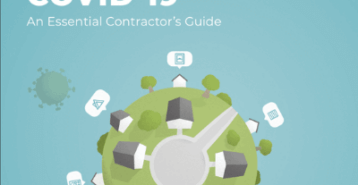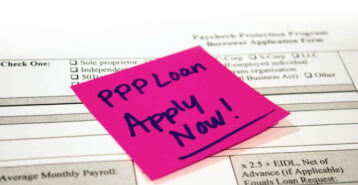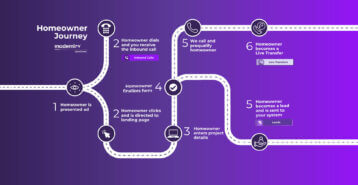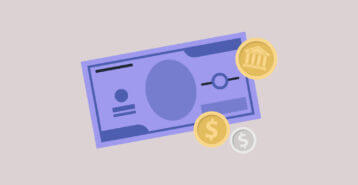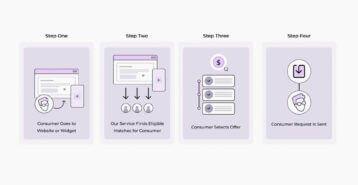COVID-19 news and updates change quickly and frequently. Some of the information in this article may soon be out of date. We will do our best to keep the details updated during this challenging time. The article below reflects information as of June 17, 2020.
After the initial launch of the Paycheck Protection Program (PPP) stimulus fund, it became clear that small businesses needed more flexibility with these pandemic relief funds. To help business owners, the Paycheck Program Flexibility Act of 2020 passed on June 5, 2020. The Flexibility Act alters the specific rules of the original PPP loan fund. As a result of these changes, more businesses may seek available PPP resources to assist with the financial challenges of the COVID-19 pandemic.
Are you a business owner who applied for money through the PPP loan program? Then it is essential that you understand the requirements to ensure that your loan is forgivable. A forgivable loan is not required to be paid back, meaning the loan essentially becomes a grant. Either partial or full loan forgiveness is available if you meet certain guidelines. Following these rules could result in your PPP loan becoming a grant.
The rules for this program are quite involved. It is important not to overlook these guidelines. Be proactive in seeking forgiveness for this money.
How can you use the money?
PPP loan recipients must use the money received for designated costs to qualify for loan forgiveness.
Examples of qualifying expenses include:
- Wages, salaries, commissions, and tips (max $100K per employee)
- Utilities
- Employee benefits, such as sick leave or vacation hours
- Employment taxes (both state and federal)
- Mortgage/rent interest
You may not use this money for payroll outside of the US, 1099s, salaries more than $100K, or mortgage/debt principal. According to the Small Business Association’s loan forgiveness application, “[if] funds were knowingly used for unauthorized purposes, the federal government may pursue recovery of loan amounts and/or civil or criminal fraud charges.”
What are the rules for PPP forgiveness?
Not only do business owners need to use the PPP loan money exclusively for permitted costs, but additional PPP forgiveness requirements must be met, including:
- Loan funds must be spent within 24 weeks (or by December 31, 2020 – whichever date comes first) from the receipt of the money
- You must use 60 percent or more of the money for payroll costs
- A maximum of 40 percent of the money can fall within the non-payroll permitted uses
- You must rehire or retain full-time equivalent employees within 24 weeks or by December 31, 2020 (whichever comes first)
Keep in mind that the PPP loan forgiveness is complex. Every business owner needs to be proactive in keeping meticulous records to document all spending related to their PPP loan. If there is a question about whether an expense is relevant, be sure to include it in your records. Always err on the side of too much documentation, rather than not enough.
Applying for PPP loan forgiveness
The CARES act requires you to apply for loan forgiveness at the end of the period following disbursement. For most employers, this period is either 8- or 24-weeks, depending on when you received the money.
This application requires that you submit an application and documentation to the lender showing that you qualify for forgiveness:
- The requested amount for forgiveness
- Verification of full-time employees, as well as their pay rates: federal and state tax filings, payroll reports, and unemployment insurance filings
- Documentation showing payments for lease/rent obligations, mortgage interest, and utilities
- Certification from a representative of your company that the documentation is accurate and you’ve met the guidelines of the PPP loan program
One penalty to be mindful of is the number of employees brought back to work. If a business brings back fewer employees compared to the number employed before the pandemic, then they will restrict the loan forgiveness based on the ratio rehired. For example, if a business had 10 employees before the pandemic and only rehires 8 employees, then the SBA only considers 80 percent of the eligible expenses for forgiveness.
What if your PPP loan is not forgivable?
If you do not follow the requirements necessary to qualify for forgiveness on your loan the SBA will seek repayment of the loan. You may need to pay back either a portion of the loan or the entirety of the loan. In the case of funds being used for non-permitted costs, then the SBA might request immediate repayment. Otherwise, it structures the repayment as a five-year loan at 1% interest.
Because of the complicated nature of the COVID-19 PPP loan program, every small business can benefit from tapping into the services of industry experts. If you have received PPP loan funds, consult your accountant and attorney for personalized guidance to maximize the likelihood of forgiveness for your PPP loan.










